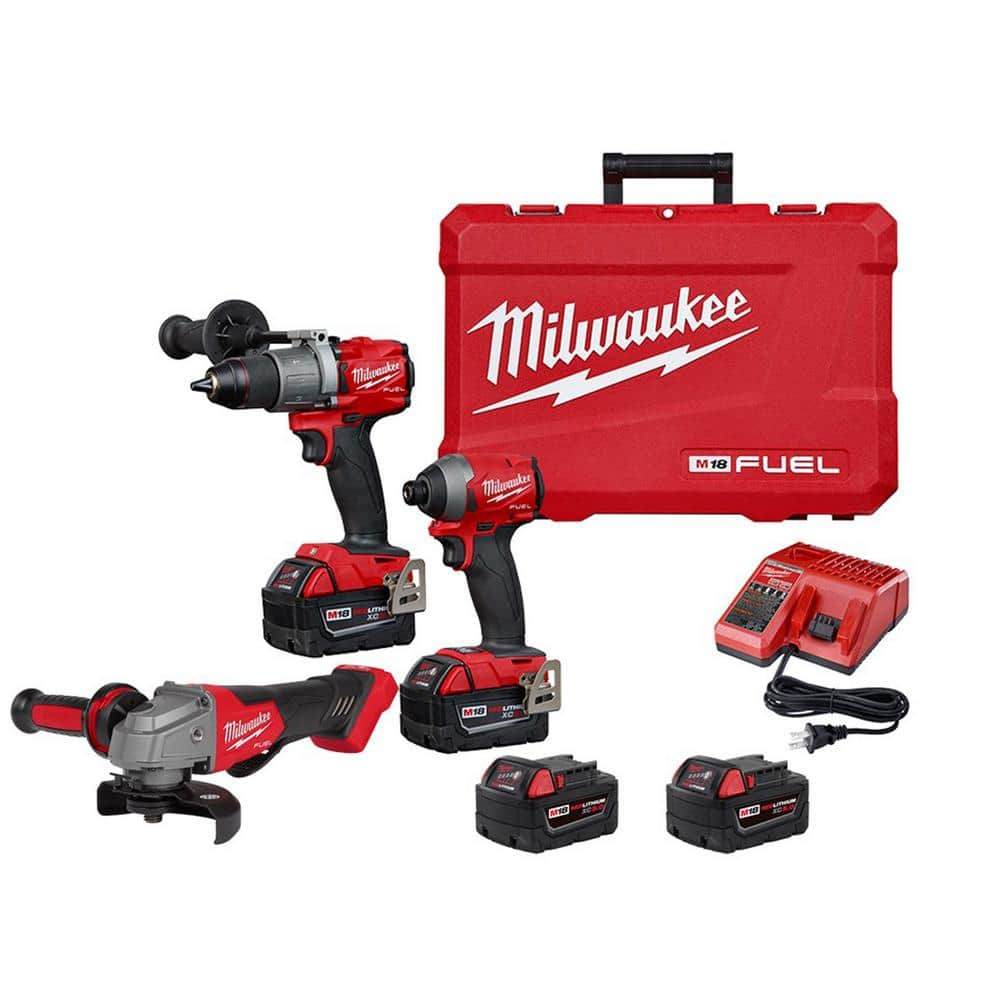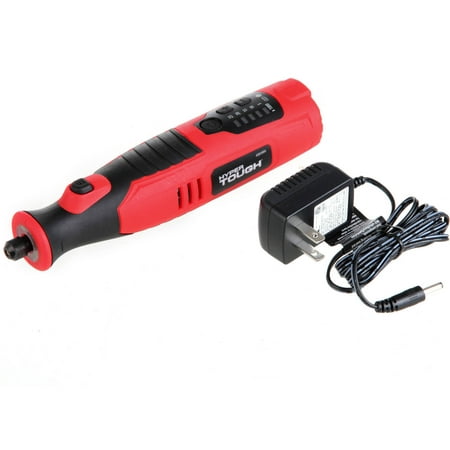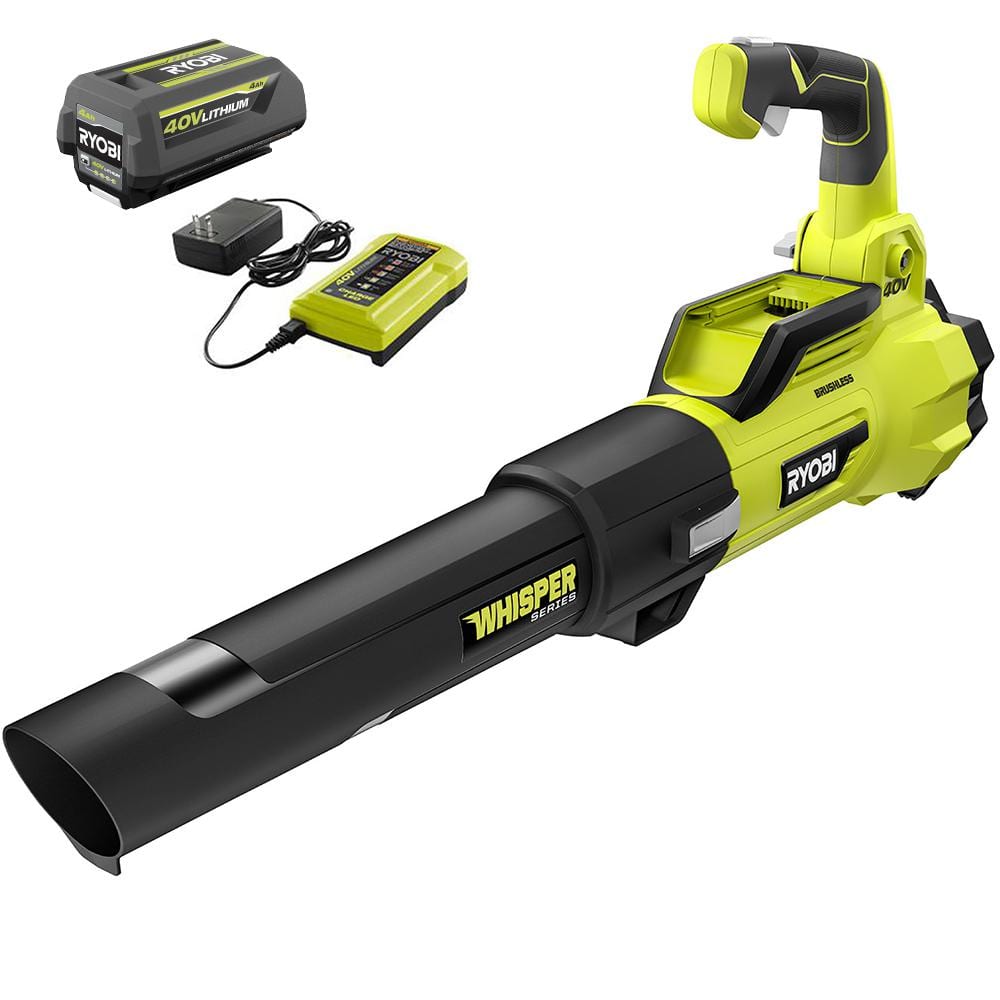Milwaukee M18 FUEL 18-Volt Lithium-Ion Brushless Cordless Hammer Drill/Impact Driver/Grinder (3-Tool) with (4) 5.0 Ah Batteries
Includes: (1) Hammer Drill Driver & (1) Imapct Driver. Includes: (1) Grinder & (4) 5.0Ah Batteries. Part of the M18 system, featuring over 200+ tools.
The Milwaukee 2997-22 two tool brushless FUEL cordless combo kit delivers the most advanced 18-Volt cordless drilling and fastening technology in the industry. This kit features 3 M18 FUEL 18-Volt lithium-ion brushless cordless tools including a ½ in. hammer drill, ¼ in. impact driver, and 4-1/2 in./5 in. grinder. M18 FUEL is fully compatible with the Milwaukee M18 18-Volt cordless system, featuring over 200 plus tools. Included is the M18 FUEL 1/2 in. Hammer Drill (2804-20) that delivers Up to 60% More Power, is Up To 1.5 Shorter and is Up To 2X Faster Under Heavy Load. At 1,200 in./lbs. of torque and 6.9 in. length it has the power for demanding applications and allows access into tight spaces. Also includes is the M18 FUEL 1/4 in. Hex Impact Driver (2853-20) which is the Fastest, Most Compact, and Most Powerful tool in its class. At 2,000 in./lbs. of torque and 4.59 in. it increases user productivity for demanding fasteners and gives users more access to tight spaces. Additionally, the M18 FUEL 4-1/2 in./5 in. Grinder supplies maximum sustained power to complete the toughest grinding, surface preparation and cutting applications. M18 FUEL features the most advanced cordless technology in the industry, a POWERSTATE Brushless Motor, REDLINK PLUS Intelligence and REDLITHIUM Battery Technology, resulting in longer motor life, longer run time and more power.
- 2804-20 hammer drill: POWERSTATE brushless motor delivers up to 60% more power, is the most compact in its class at 6.9 in. L, and provides up to 2X faster speed under heavy load
- 2804-20 hammer drill delivers up to 1,200 in./lbs. of torque
- 2853-20 impact driver delivers up to 25% more torque with up to 2,000 in./lbs. to complete more demanding applications
- 2853-20 impact driver: most compact impact driver at 4.59 in. L providing more access in tight spaces
- REDLINK PLUS intelligence: ensures optimal performance and provides overload protection to prevent damage to the tool and battery during heavy applications while still maintaining compatibility across the entire M18 system
- REDLITHIUM XC 5.0 Ah battery pack: delivers more work per charge and more work over the life of the pack than competitors
- Compatible with all M18 batteries and tools
- 5-year tool and 3-year battery warranty
- Includes: (1) M18 FUEL 1/2 in. hammer drill (2804-20), (1) M18 FUEL 1/4 in. hex impact driver (2853-20), (1) M18 4-1/2 in./5 in. grinder (2880-20), (4) M18 REDLITHIUM XC5.0 batteries, (1) M18 and M12 multi-voltage charger, (1) side handle, (2) belt clip, (2) bit holder, (1) carrying case
Additional information
| Battery Power Type | Lithium Ion |
|---|---|
| Charger Included | Charger Included |
| Color Family | Red |
| Condition | New |
| Cordless Tool Type | Combo Kit |
| Cordless/ Corded | Cordless |
| Included | Belt Clip,Tool Case |
| Motor Type | Brushless |
| Number of Tools (Bonus Tool Not Included) | 2 |
| Number of Total Batteries Included | 4 |
| Power Tool Features | Keyless Chuck,LED Light,Variable Speed |
| Returnable | 90-Day |
| Tools Included | Angle Grinder,Hammer Driver Drill,Impact Driver |
| Tools Product Type | Power Tool |
| Certifications and Listings | CSA Listed,ETL Listed,UL Listed |
| Manufacturer Warranty | 5 Years on Tool, 3 Years on Batteries |






by Bee
If you need power, these can handle it. But if you’re trying to use it on more delicate stuff like assembling shelves or a cabinet. The clutch set on minimum is still way too strong.
by John
Great for entry level jobs around my home.